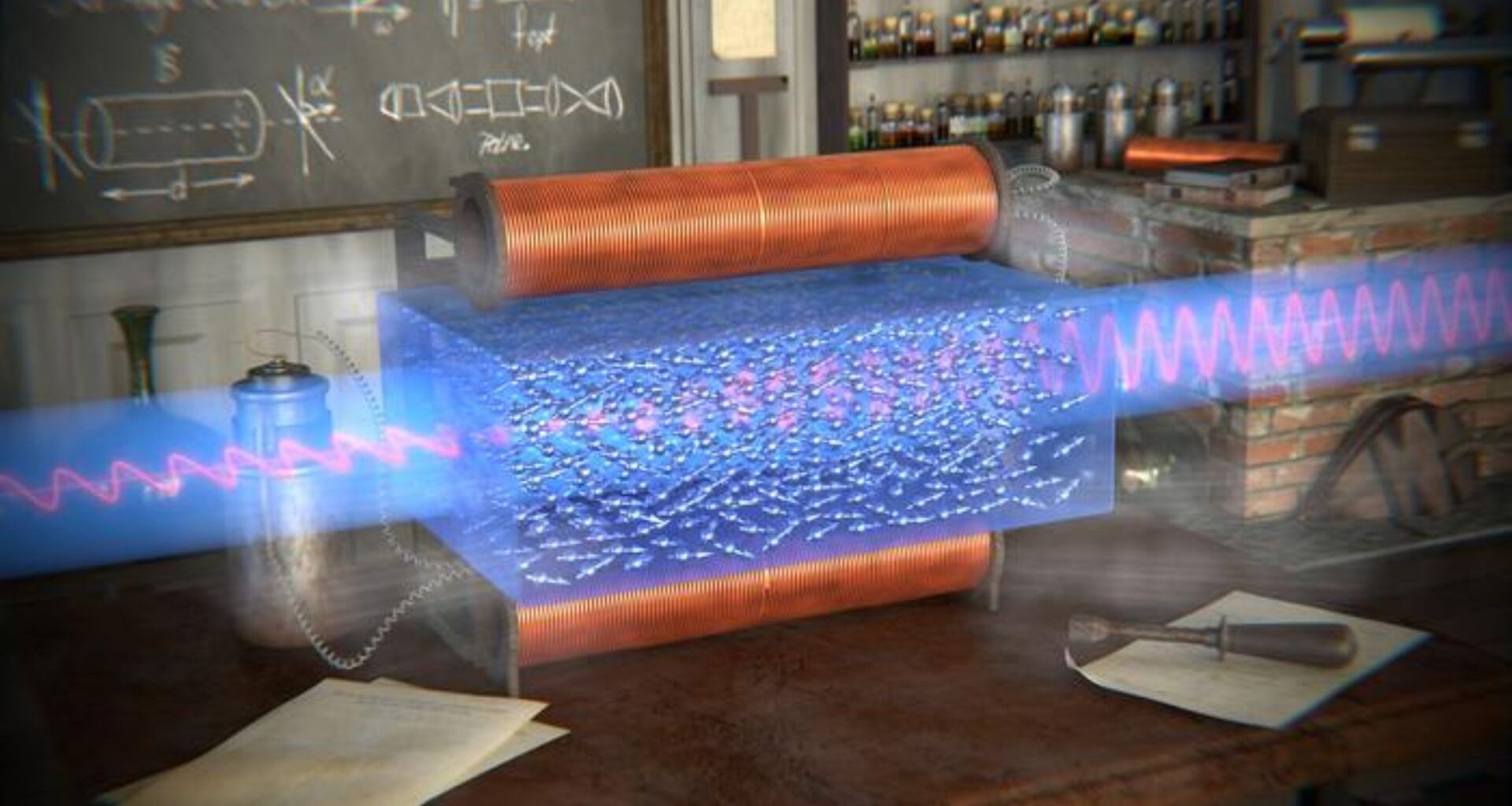Researchers at the Hebrew University of Jerusalem have overturned a 180-year-old scientific assumption, proving that the magnetic component of light plays a critical role in how light interacts with matter.
The study establishes that this magnetic influence is quantifiable and significant, accounting for approximately 17% of the observed rotation in visible light and rising to 70% in the infrared spectrum—factors previously considered negligible in optical physics.
Challenging the century-old physics rule
The findings, published in Nature’s Scientific Reports, challenge the traditional understanding of the Faraday Effect, a foundational principle in electromagnetism discovered by Michael Faraday in 1845.
For nearly two centuries, the scientific community attributed the rotation of light’s polarization within a magnetic field exclusively to the interaction between the light’s electric field and the electric charges within the material.
“However, the new research demonstrates that the magnetic field of light, long thought irrelevant, makes a direct and measurable contribution to this effect whereby it interacts with the spins,” said the researchers in a press release.
Utilizing advanced calculations, methodology
Led by Dr. Amir Capua and Benjamin Assouline from the Institute of Electrical Engineering and Applied Physics, the research team utilized advanced calculations to reach this conclusion.
“To quantify this influence, the team applied their model to Terbium Gallium Garnet (TGG), a crystal widely used to measure the Faraday Effect,” remarked the press release.
By applying this equation, they provided the first theoretical proof that the oscillating magnetic field of light interacts directly with spins in the material, functioning in a manner similar to a static magnetic field.
To validate the specific percentages cited in their findings, the team applied their model to Terbium Gallium Garnet (TGG), a crystal widely used in optical experiments to measure the Faraday Effect.
The model confirmed that the magnetic component acts as a primary driver in the interaction, particularly at longer wavelengths.
Light’s active magnetic role
“In simple terms, it’s an interaction between light and magnetism,” explained Dr. Capua.
“The static magnetic field ‘twists’ the light, and the light, in turn, reveals the magnetic properties of the material. What we’ve found is that the magnetic part of light has a first-order effect, it’s surprisingly active in this process.”
Benjamin Assouline noted that the results show light “talks” to matter through its magnetic field—a channel of interaction that had been largely overlooked until now.
“In other words,” Capua added, “light doesn’t just illuminate matter, it magnetically influences it.”
Implications for future technology
This revised understanding suggests new pathways for research in optics and magnetism.
“The discovery opens the door to new possibilities in optics and magnetism, including applications in spintronics, optical data storage, and light-based magnetic control. It may even contribute to future spin-based quantum computing technologies,” concluded the researchers.
Additionally, the findings may be relevant to the development of future spin-based quantum computing technologies, which require precise manipulation of magnetic states.

